strategic Framework
Image
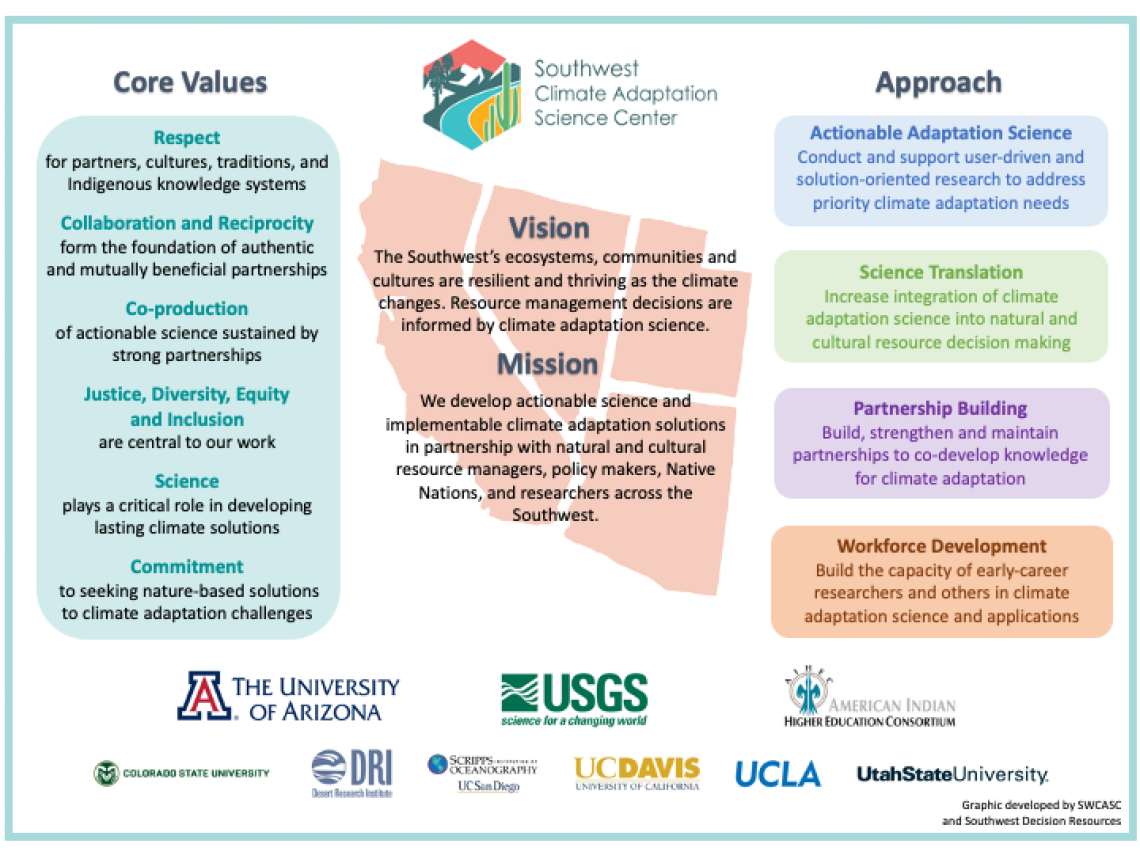
- Respect: We operate with respect for partners, cultures, traditions and Indigenous knowledge systems.
- Collaboration and reciprocity: We strive to build authentic, sustained and mutually beneficial collaborations and partnerships.
- Co-production: We prioritize co-developing actionable science, underpinned by enduring partnerships.
- Inclusivity: Justice, diversity, equity and inclusion are central to our work.
- Scientific foundation: We believe that science plays a critical role in the development of lasting climate solutions.
- Commitment: We are committed to seeking nature-based solutions to climate adaptation challenges, for the future wellbeing of our interconnected ecosystems, cultures, and communities.
Goals and Objectives
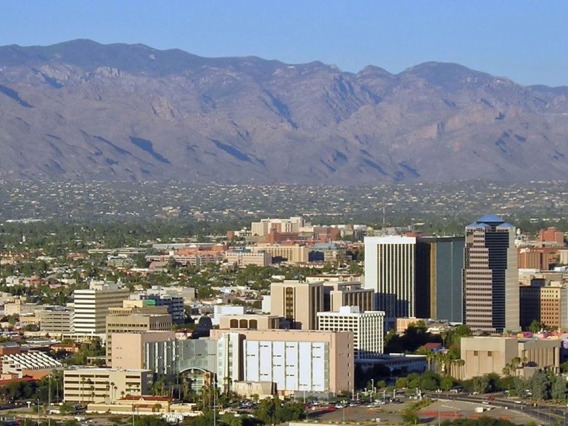
Actionable Adaptation Science
Goal: Conduct and support user-driven and solution-oriented research to address priority climate adaptation needs.
- Develop a climate adaptation research agenda, led by the USGS, that addresses the knowledge needs of natural and cultural resource managers and Tribal partners.
- Develop project solicitations that advance the research agenda.
- Select and fund actionable science projects that align with the research agenda.
- Engage in user-driven and solution-oriented research.
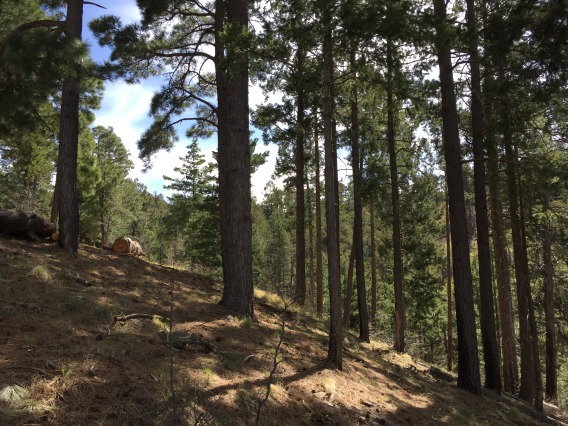
Workforce Devlopment
Goal: Build the capacity of early-career researchers and others in climate adaptation science and applications.
- Leverage existing opportunities (e.g., workshops, funding proposals, symposia, etc.) to support training in co-development, research, science translation, partnership building, and other programs and initiatives.
- Continue to strengthen the existing Natural Resources Workforce Development Fellowship program.
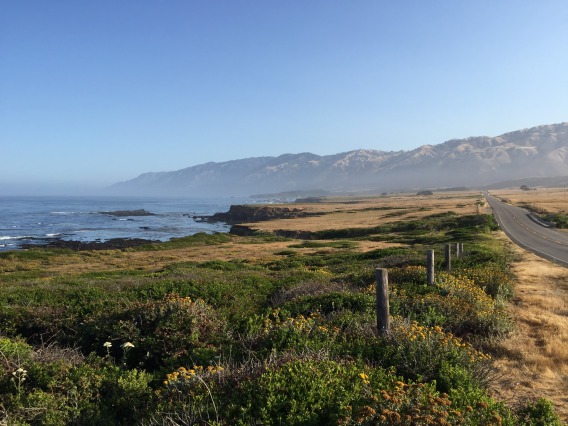
Science Translation
Goal: Increase integration of climate adaptation science into natural and cultural resource decision making
- Communication and outreach: engage partners in multi-directional, iterative, respectful knowledge exchange and learning practices.
- Collaboration: promote participation across disciplines, by practitioners as well as researchers, to facilitate knowledge co-development.
- Decision-framing and context: work to ensure science products are grounded in cultural, economic, institutional, legal, political and temporal considerations to increase their management relevance.
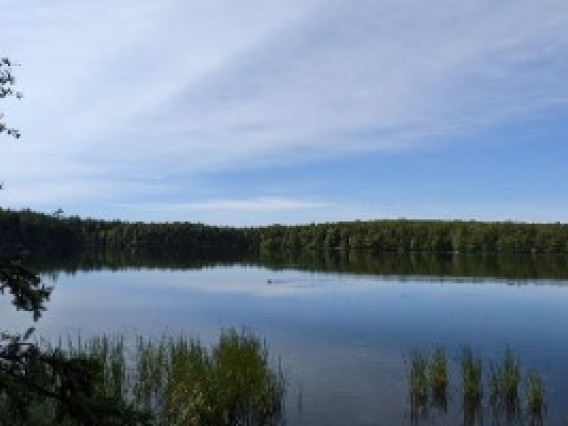
Partnership Building
Goal: Build, strengthen and maintain partnerships to co-develop knowledge for climate adaptation.
- Prioritize early, frequent, ongoing, and inclusive engagement with partners.
- Provide coordination capacity for ongoing partnership initiatives.
- Convene and provide other opportunities to create new partnerships, and strengthen existing partnerships.
- Deliberately and intentionally allocate resources to build, strengthen and maintain partnerships.
- Use transparent and equitable decision-making processes to facilitate buy-in and co-ownership.
- Respect the values and viewpoints of partners and strive for our organization and partners to come to a mutual understanding of one anothers' perspectives

